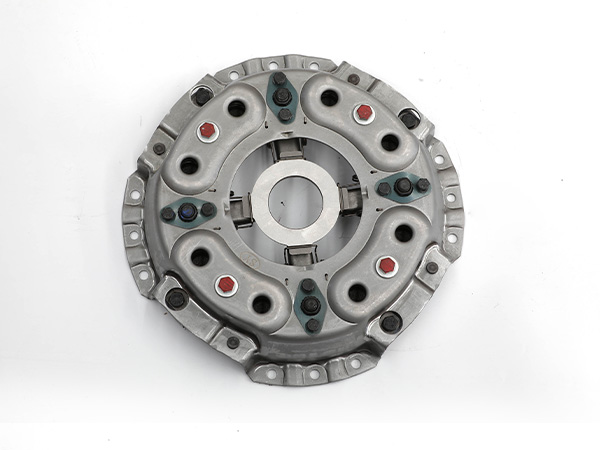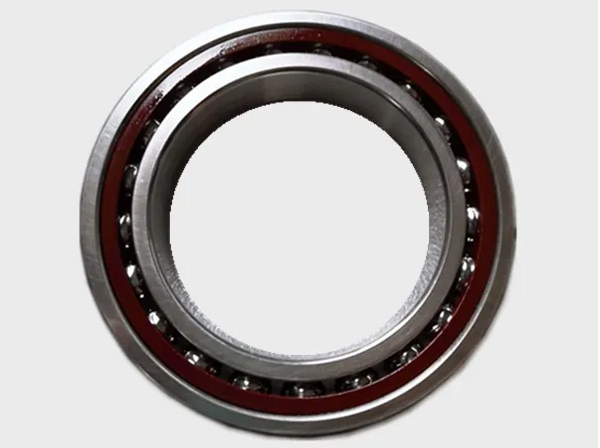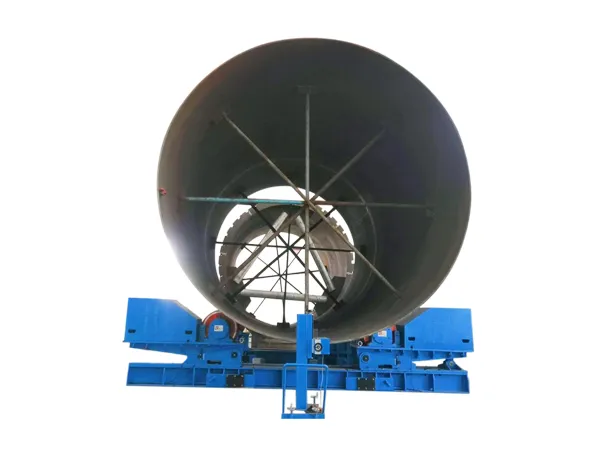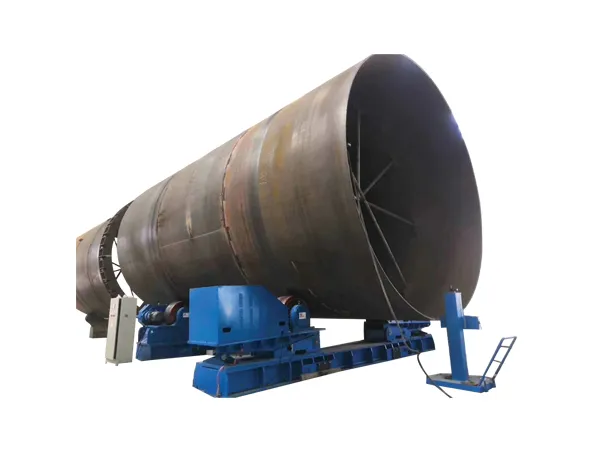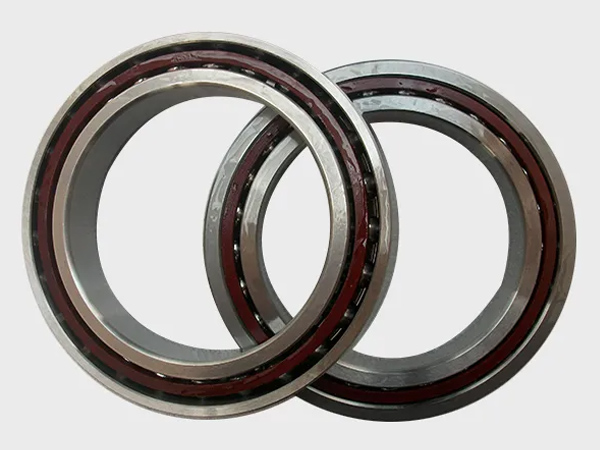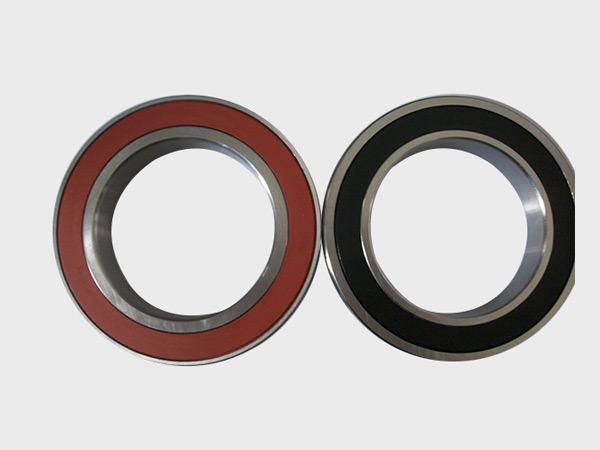A drawer tool cabinet, also known as a tool chest or tool cabinet, is a storage unit designed to organize and store tools in a workshop or garage. It typically consists of multiple drawers and compartments of varying sizes, providing a secure and organized space for storing hand tools, power tools, and other equipment.
Components of a drawer tool cabinet
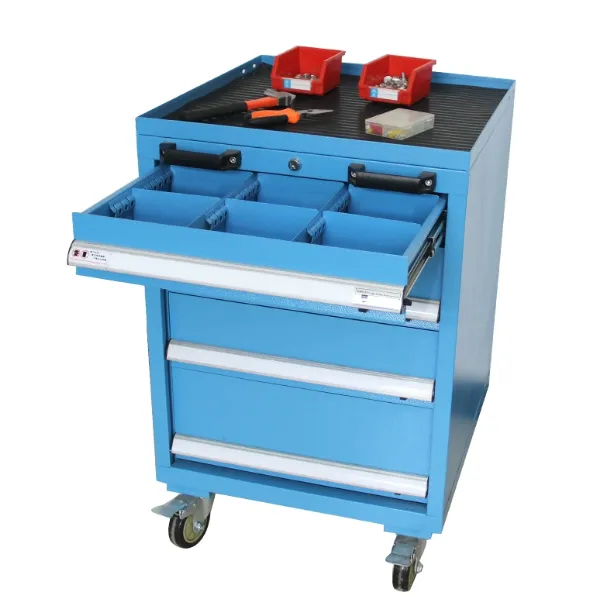
Materials and Construction
Tool cabinets are commonly made of metal, such as steel or aluminum, to ensure durability and strength. The construction should be sturdy and well-built to withstand the weight of tools and regular usage in a workshop environment.
Drawers
The primary feature of a drawer tool cabinet is its multiple drawers. These drawers come in various sizes to accommodate different types of tools. The drawers are often equipped with ball-bearing slides or other mechanisms to allow smooth and easy opening and closing.
Locking Mechanism
Many tool cabinets come with a locking mechanism to secure the contents and prevent unauthorized access. This is especially important for protecting valuable tools and ensuring workplace safety.
Handles and Casters
Handles and casters (wheels) are often integrated into the design to facilitate easy mobility. Some cabinets have fixed casters, while others may have swivel casters with brakes, allowing the cabinet to be moved around the workshop as needed.
Top Compartment or Work Surface
Some tool cabinets feature a top compartment or work surface that can serve as additional storage space or a work area for assembling and repairing tools.
…
For more detailed information about what is drawer tool cabinet, click here: https://www.rff-global.com/a/news/what-is-drawer-tool-cabinet.html

